About Classical Age Total War
The Mod
Classical-Age: Total War (CATW) is one of many mods designed on the basis of Rome: Total War. It dates back to a 2006 reskinning project. Since the release of the beta2a demo in French in September 2008, the official beta2 version has been postponed in order to find a valid map. Several solutions were under consideration. Meanwhile from 2007, catw enjoyed new units, much more realistic and detailed than in the past, with skins at 512 pixels as a standard, twice the usual size. The 20 factions, were to benefit from record units rosters, more than 2000 by crossing EDU-DMB entries.
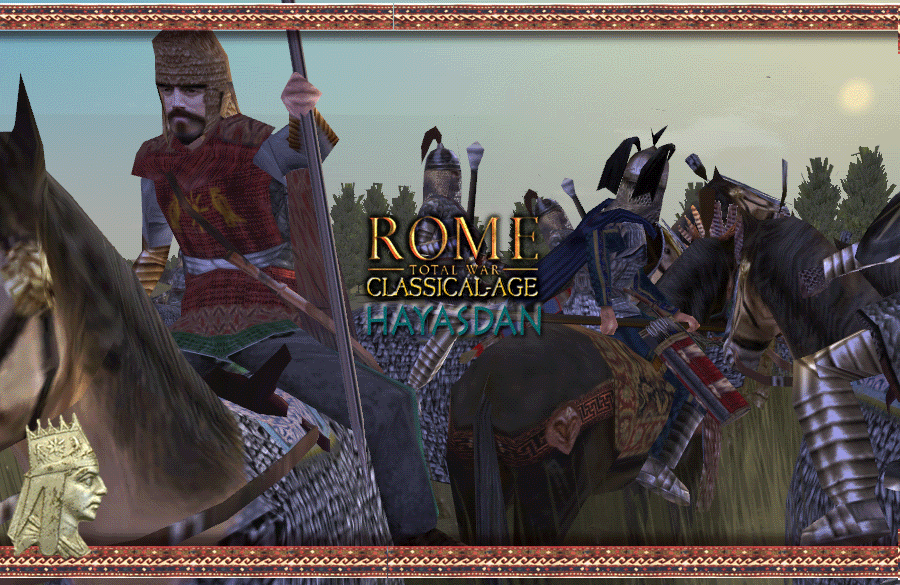
Armenian cavalry
This came with a system of alternative models based on the advancement of the campaign, added to the normal evolutions. CATW already benefits from a very exhaustive Roman faction from the reform of Marcus Furius Camilius to the late legionaries of the civil wars, at the eve of the empire, spanning three centuries. In addition, CATW starts twenty or thirty years before most other mods: Even before the Punic Wars, Rome had confronted the last great threat on the Italian peninsula itself: A formidable coalition led by a Samnite chief who had sworn the loss of the Romans, allied to Gallic transalpine and Etruscan.
If Rome triumphs over this tempest with its Latin allies, it will remain to face with the same stoicism Pyrrhus of Epirus later... In 300 BC, Some factions are not yet independent or threatening. This is the case, for example, in the Seleucid empire, of Bactria, as well as Parthians. In Africa, the weak and divided Numidian kingdoms are in fact subordinated to the Punic empire. As for the Celts, they are very well served in this mod, with no fewer than six factions, three of them of mixed cultures: Arverni and Aedui, two large enemy confederations of the time, Bellovaci (Belgians), Celtiberians, and in noth-east of the Alps, the Boians, in fact extended between the Marcomanni and Etruscans Celto-German faction, and the Illyrians, a Celto-Greek faction.
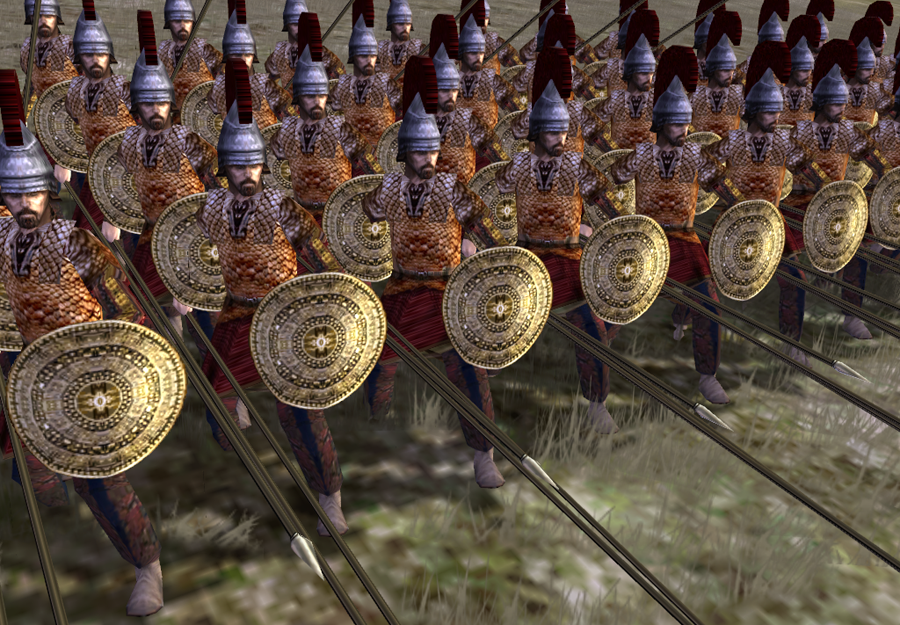
Early Nakahararakan (Armenian foot Guards) - alternative model
To the east, the Diadochi (successors of Alexander the Great) are still powerful, wars of succession barely ended. Lysimachus then possessed a considerable empire between minor Asia and Thrace. Farther east, a faithful Persian friend of Demetrios, his son, settled on a throne, that of Mithridates of Pontus. In the north, Scythians are still a powerful menace on the shores of the Black Sea, although they are well integrated and benefiting from a flourishing trade, a legendary prosperity which passed through Greek culture, Middle-Scythian Bosphorus. But from the Caspian Sea, hordes of hostile, brutal horsemen who have only contempt for the effeminate Greeks and "decadent" western Scythians intend to plunder and destroy... They are the Sarmatians tribes.
In Africa, Carthage is then more powerful than ever. Its only rival is Sicily, it is Syracuse, the most powerful of the city-states to the west of the Mediterranean, well served by ambitious and clairvoyant tyrants and a favorable trade. For young Hamilcar, Hamilcar is a target of choice. The Carthaginians have not yet founded the "new carthage"...
These are all challenges CATW offers you. The Romans in particular, have no privileged position, quite the contrary. Balance of forces are equal, there is no steamroller faction. Besides this choices of time and factions, CATW proposes a refined gameplay. Apart from new animations from EB (Europa Barbarorum), Sinhuet unit formation script and improved AI. The map is the largest yet, Mundus Magnus, extended to deep Sahara in the south and India in the east.
Besides units, graphics and music, the campaign map receives more realistic city models, new ports and ships. Nearly three times as many ships are available, intersecting a considerable panel to represent accurately the diversity of the time. New buildings are available, such as the arsenal and Royal barracks, as well as provincial barracks helping public order and to recruit local auxiliaries.
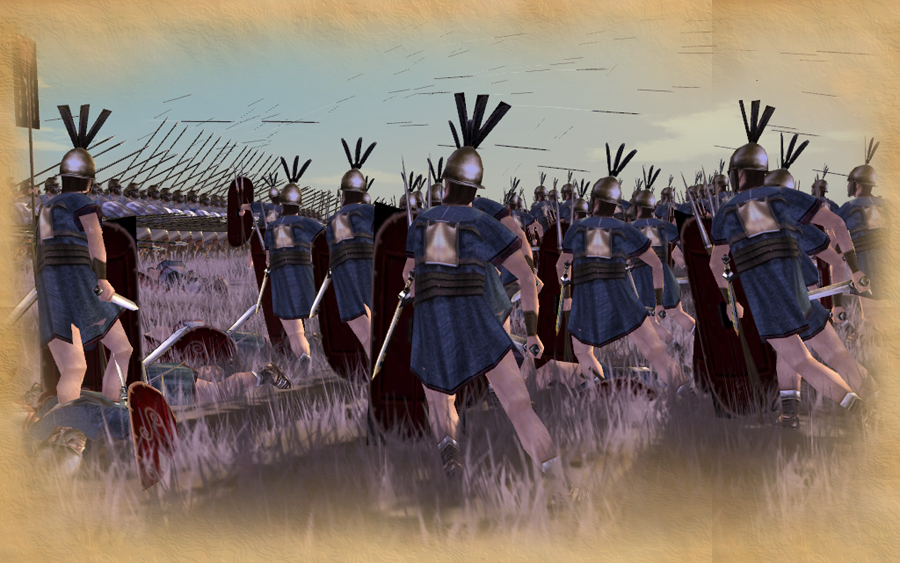
Roman Hastati charging after launching their pila - 280-220 BC Century Legion, Triplex Acies
About the factions
CATW 01's factions
In 2005 came the Barbarian Invasion (BI) extension. Among other things (new units and factions), The game allowed nocturnal battles and to swim across rivers. The following year, while the interest for the game did not give way, came the second and last expansion of the game, Alexander, which proposed a return to the time of the Macedonian conqueror, with a map extended to India and many new units, the AI was also largely improved. Successively these versions can bee seen as RTW 1.5 and RTW 1.9. Most mods were developed on the latter.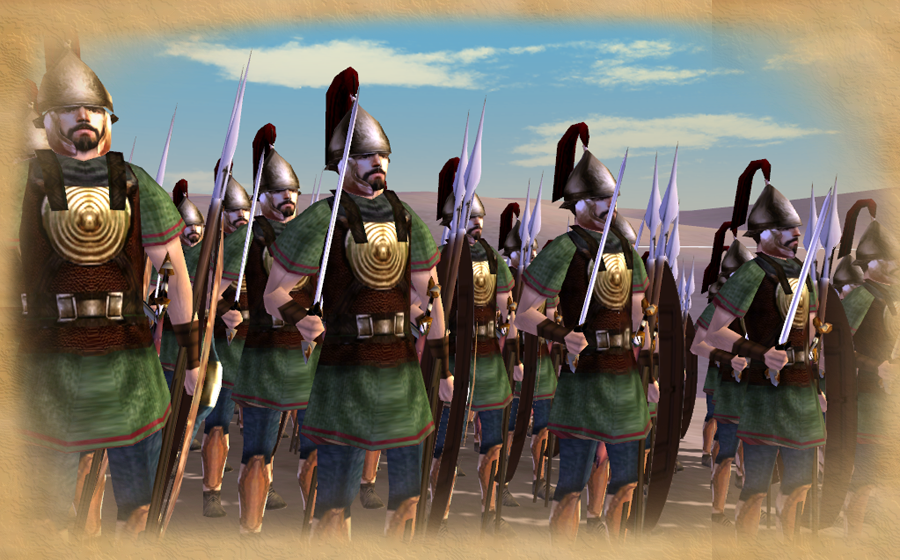
Celtiberi Lancearii
CATW 01 was a non-modfoldered (you replace your data by a new one) early version that focused on units and gave three new factions, the Illyrians, Attalids of Pergamum, and Galatians (Gauls that settled in central Turkey, although the latter is anachronistic). So we will focus on these at the start:
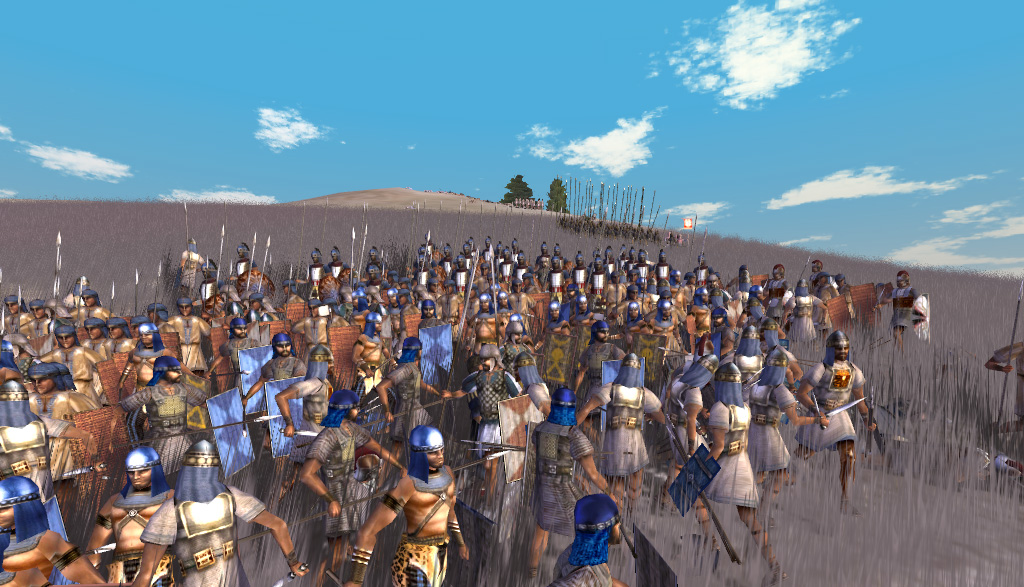
Arche Pergamon
Pergamum (as called by the Romans) was one of the wealthier, most splendid city-state and Kingdom in actual Turkey. It was called to play an important role in the Diadochi Era. At first, Attalus's Daughter (A Macedonian Noble) was married to Philip, father of Alexander the Great (Which was Illyrian by his mother). Attalus's son Philetaerus was a lieutenant of Lysimachus, and took control of the city in 282 BC. Attalus of Pergamum (241–197 BC) ruled after his father Philetaerus, which founded the kingdom in 281 BC and the Attalid Dynasty imposed its presence to the whole area nowadays encompassing all Western Turkey (at maximal extension in 188 BC).Pergamon could bolster its Macedonian-style army with a mix of many Lycian, Carian, and Lydian auxiliaries, chiefly as peltasts, assault troops and light infantry and cavalry. At an early stage the Kingdom (nominally under Seleucid control but with great autonomy) had to fight the Galatians, under Eumenes I which continuously plundered the region, and in addition paid them tributes. The Galatians were eventually defeated by his son Attalus I Soter ("Savior"), which used elephants among others, and to celebrate his victory ordered the triumphal monument at Pergamon (famous for its Dying Gaul), and he was praised for liberating the whole region from the Gallic "terror".
Their hate for the Gauls found echoes with the Romans, as the Attalids stayed their most trustfuly allies in the Region, siding against the Macedonians, Egyptians, before the Kingdom was donated by a dying Attalus III, and Eumenes III, a pretender to the Throne had to fight the Romans (and was defeated, Rome making a new province out of it and nearby Galatia).
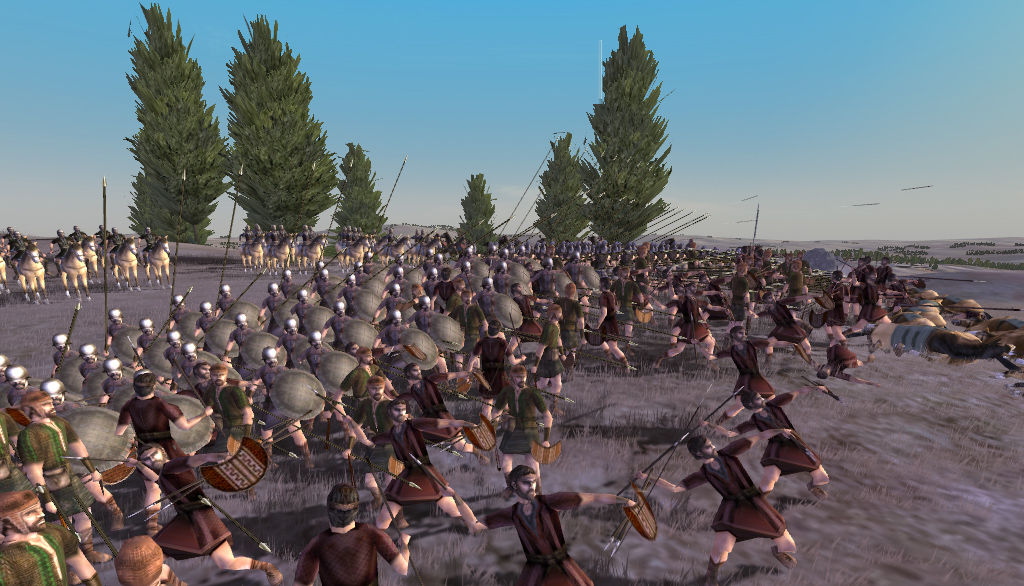
Illyrioi
The Illyrians had been the diverse populations living west of the Balkans (East were the Thracians), rival tribes feared by the Greeks, which also frequently raided the Adriatic and east Italian coast. One of these tribes created a boat called Liburnai (The Liburnian Thalassocracy) and possibly invented the multiple rowers system that prevailed over traditional trieres. In 300 BC, the Illyrians had been somewhat "united" in the past thanks to the iron fist of the powerful ruler of the Dardanians, King Bardilys (448-358 BC). He was succeeded by Grabos, after his death in the hands of the young Philip II of Macedon. Later princess Bircenna, married the Molossian king Pyrrhus of Epirus and took part in the great Army of Pyrrhus attempting to take on the Romans in Italy.But in the meantime, Philip II spend most of his youth fighting the Illyrians. He 7,000 Illyrians in a great victory and annexed the Grabaei territory up to Lake Ohrid. He went for the Ardiaei, defeated the Triballi in 339 BC, and fought with Pleurias (337 BC) of the Autariatae. In 335 BC, Pleurias allied with Glaucias of the Taulantii and Cleitus of the Dardanians, staging the most brutal Illyrian Revolt against the Macedonians and Alexander. After it failed the Autariatae were gradually absorbed and disappeared as a tribe in 310 BC. In 300 BC, Illyrian was still not united, with Bardyllis II (300 - 295 BC) on the Dardanian throne, but the great threat was coming from some 300,000 Celts that moved into Italy and Illyria. The powerful Autariatae were defeated and the Ardiaei in 310 BC, while the Dardanians and the Paeonians were subdued.

Galatoi
Historically Galatians came through Thrace under the leadership of Leotarios and Leonnorios c. 278/277 BC. These Celts consisted of three tribes, the Tectosages, the Trocmii, and the Tolistobogii. So in 300 BC there was no way they could have landed in Turkey. However given BI features they could be revamped as Brennus's Tectosages in Gaul, which massive army later ventured in the Balkans by 280 BC, who knows... The two other tribes could have been Gallo-Thracian from Tylis, and Boians as well. The Galatians nevertheless rampaged and raided the surrounding areas, plundering especially the rich Western Coast. Even the king of Bithynia (which invited them to cross) revised his opinion at some point. Galatians has been called by posterior authors as Hellēnogalátai or "gallo-Greeks".They retained their culture and warfare, but faithful to their practices, were often seen fighting with captured Greek helmets, either thacian, phrygian, or chalcidian. Each tribal territory was divided into four cantons or tetrarchies. Each of the twelve tetrarchs had under him a judge and a general. A council of the nation consisting of the tetrarchs and three hundred senators was periodically held at Drynemeton. Attalus I put an end to their depredations in 232 BC, helped by Seleucid forces, including mighty armoured elephants.
Afterwards, the Galatians were kept in check in their settlements, but still well-respected by the Romans and Greeks, served as mercenaries in the years to come. They could have seen facing themselves in Ptolemaic and Seleucid epic battles. Some could have ventured as far as India as part of Antiochos III war to take back the eastern part of the Empire. And of course they were among the first Christians in Asia minor.
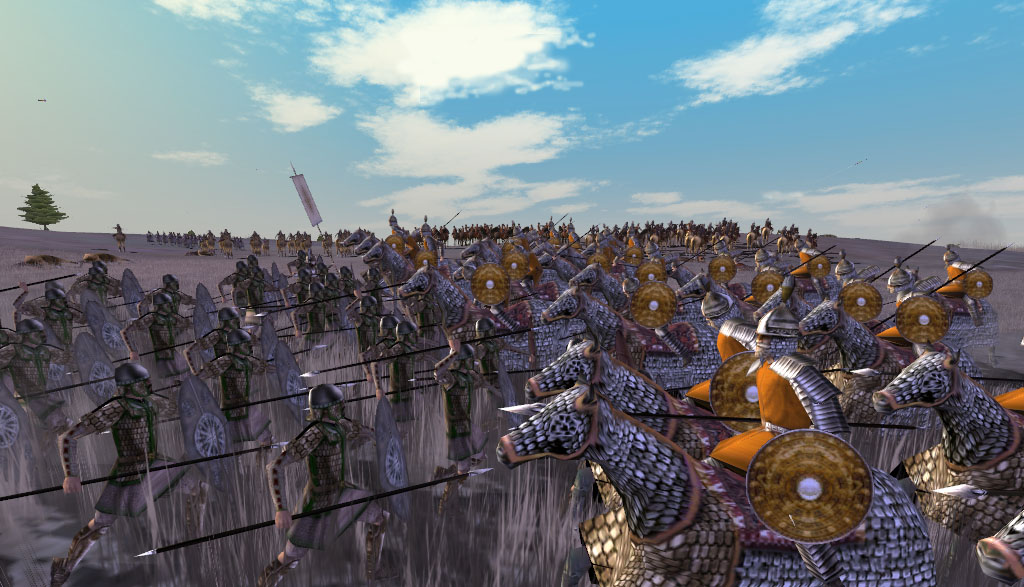
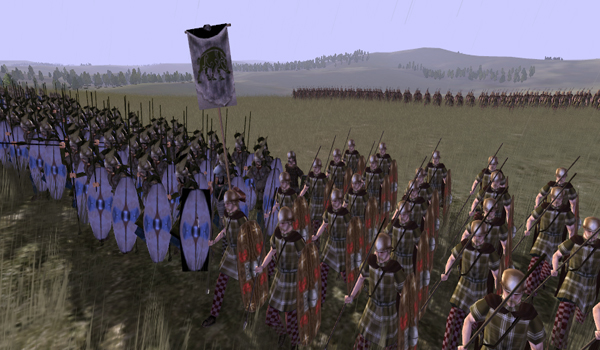
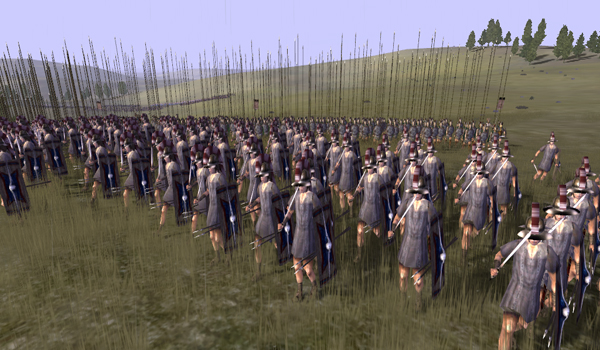
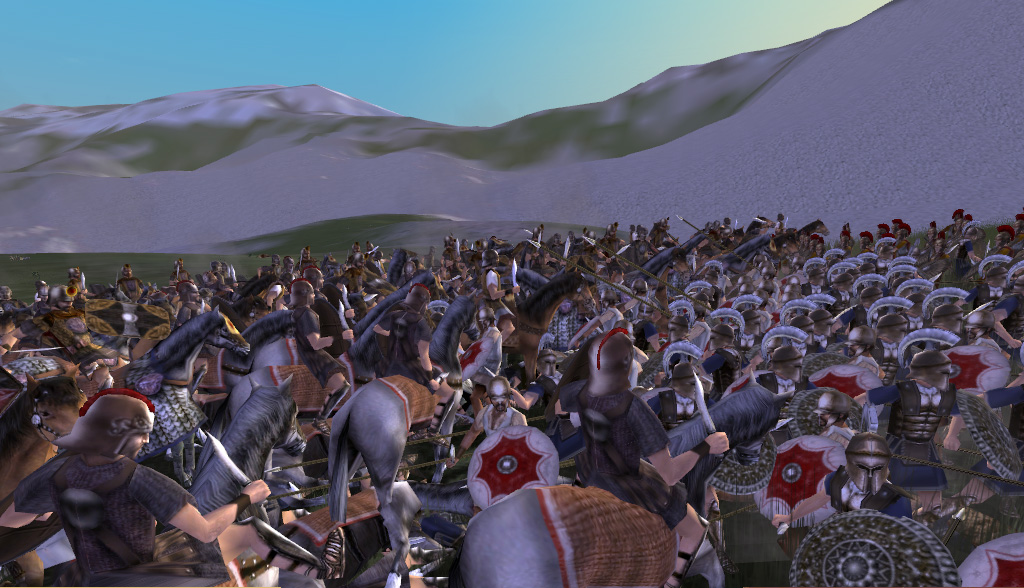
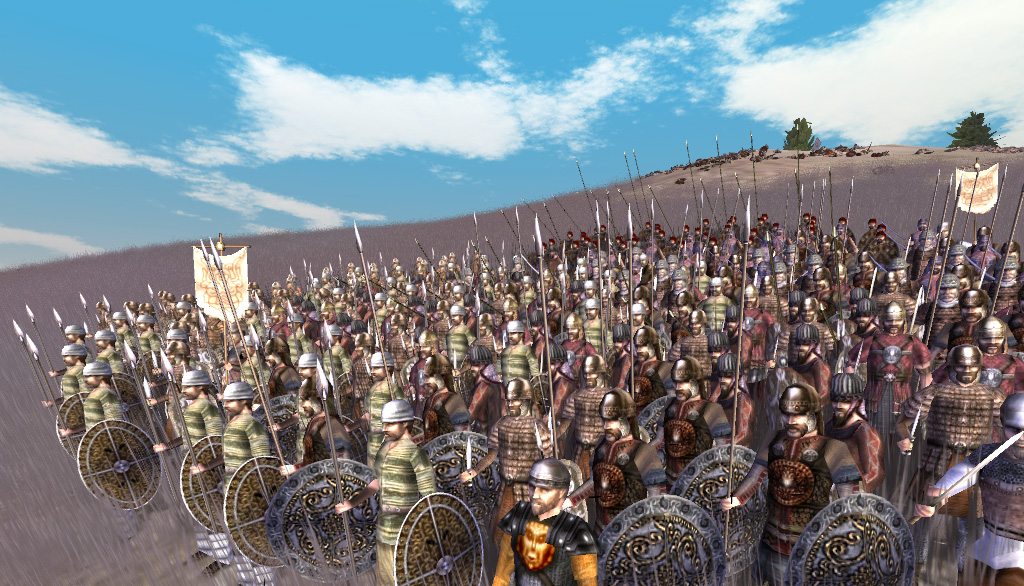
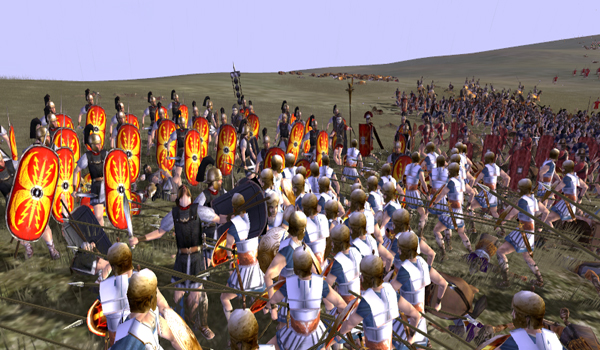
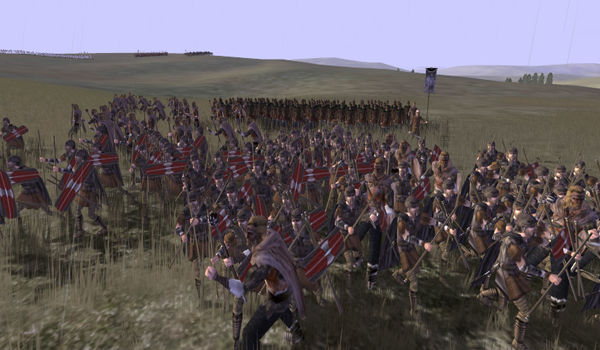
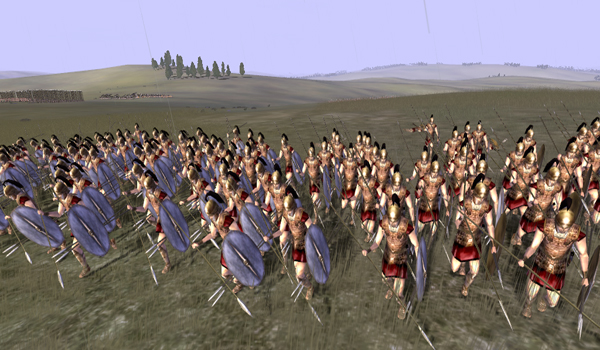
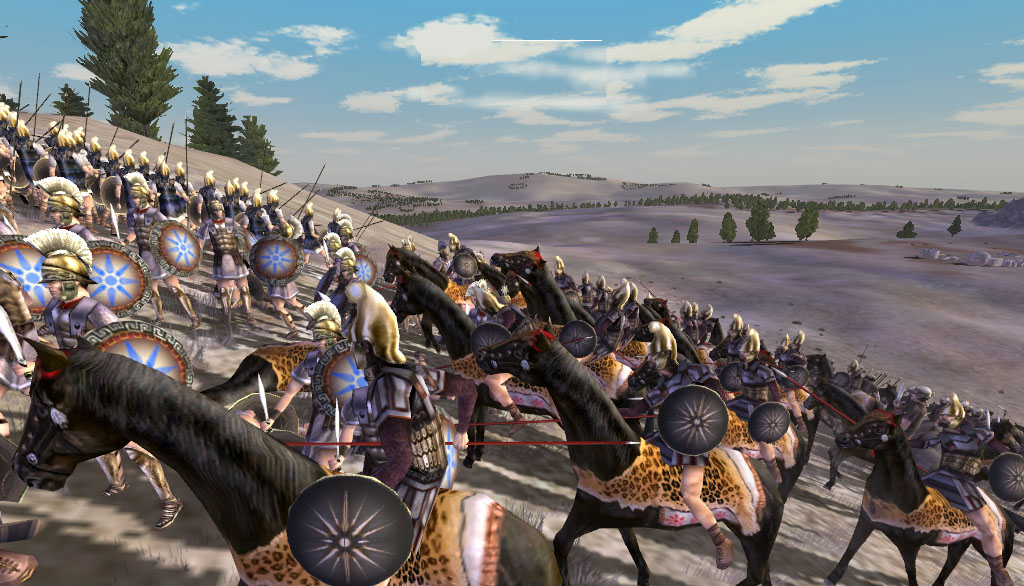
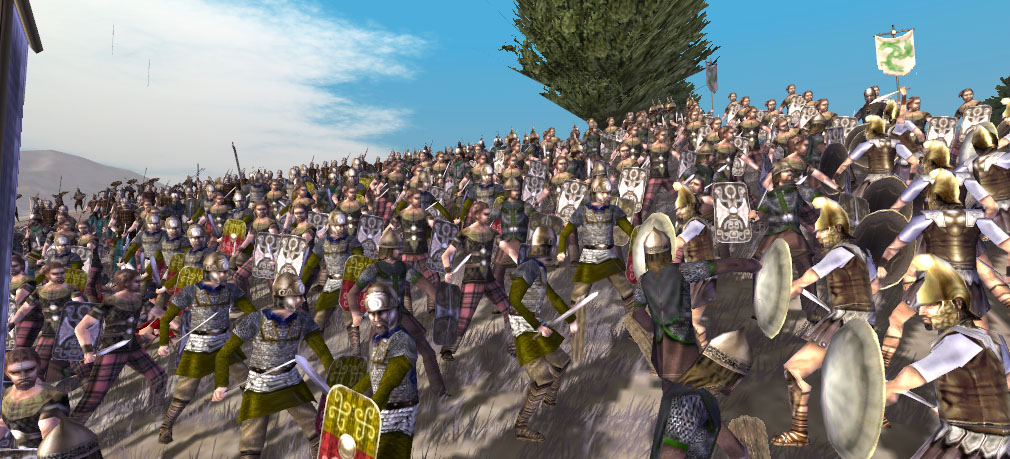

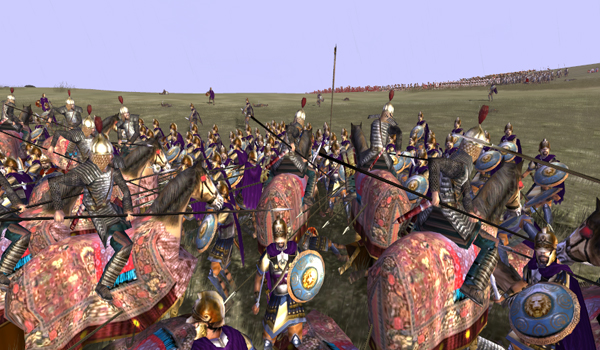

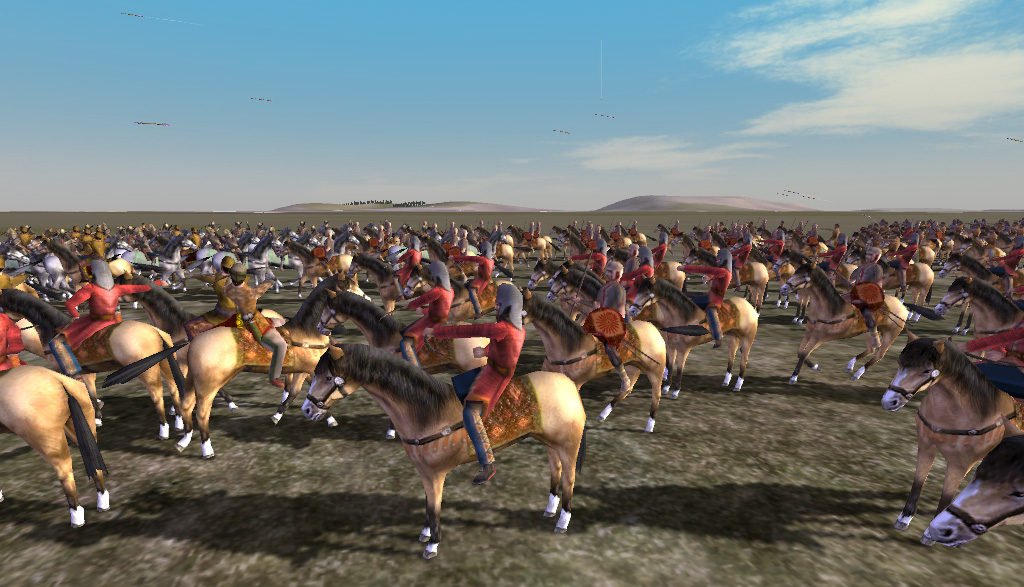
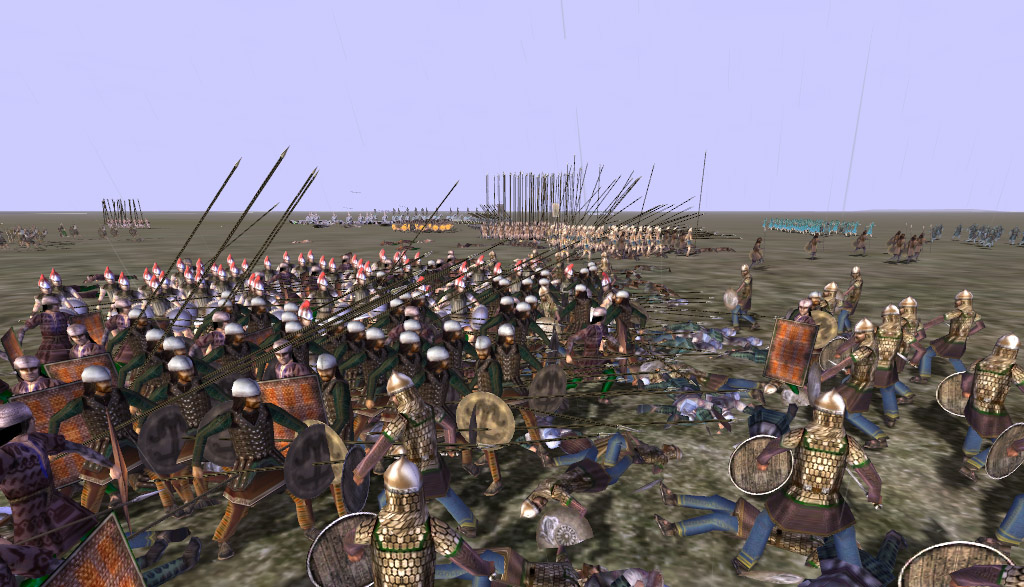
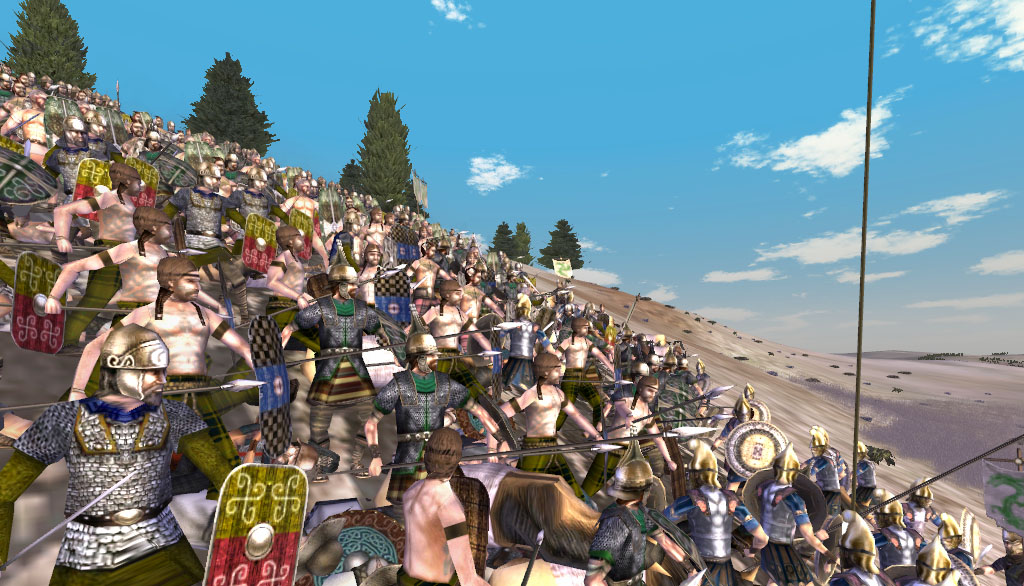
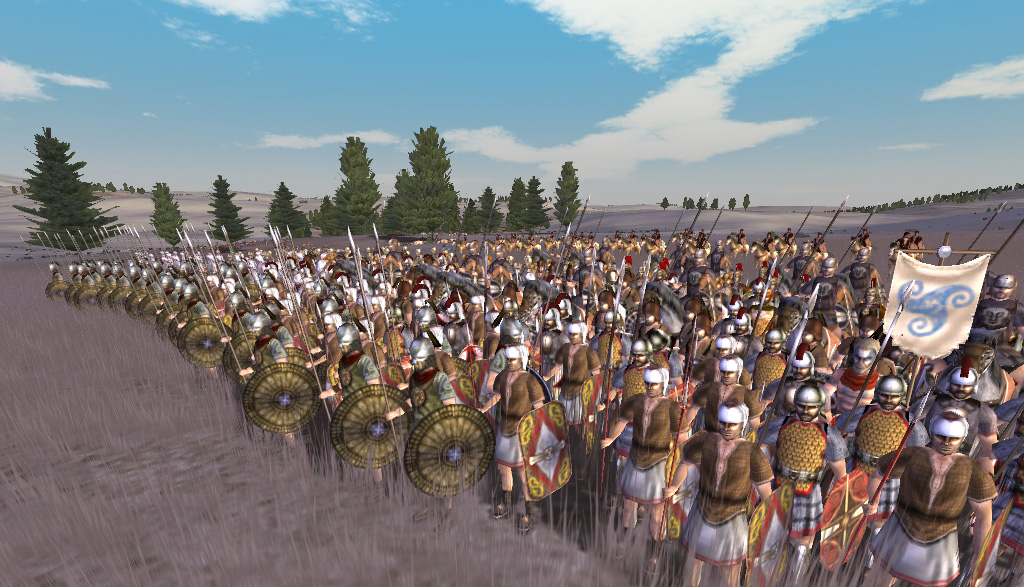
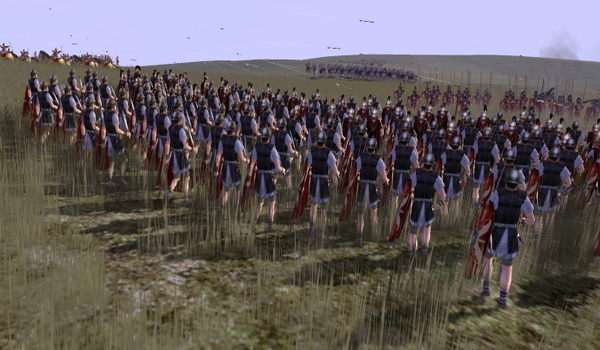

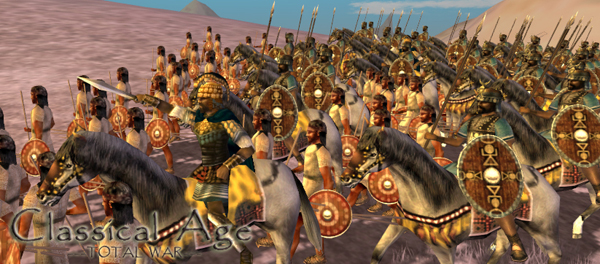
Versions Download

| Version | Date | Download |
|---|---|---|
| CATW 0.1 | 2006 (OVERHAULED 2019) | OldNew |
| CATW 0.2a | 2007 | Download |
| CATW 0.2b | 2007 | Download |
| CATW 0.3 | 2008 | Download |
| CATW 1.1 | 2010 | Download |
| CATW 2.0 | 2013 | Download |
| CATW 2.0 Music pack | 2014 | Download |
| CATW 2.1 Patch | 2015 | Download |
| CATW 0.3 (OVERHAULED) | February 2018 | Download |
| CATW 0.4 Pyrrhos | December 2016 | Download |
| CATW 0.4.7 Keltoi Tromos | 04 April 2017 | Download |
| CATW 0.4.8 Keltoi Tromos | 13 April 2017 | Download |
| CATW 0.5 Samniti Bello | 04 April 2017 | Download |
| CATW 0.6 Illyrico Bella | August 2017 | Download |
| CATW 0.7 Ermanamer | September 2017 | Download |
| CATW 0.8 Mithidates | November 2017 (Reboot 2019) | Download |
| Alexandros | June 2018 | Download |
| CATW 0.9 Signa Inferre | In development | No Download yet |
| RTW Installation & DL page Moddb DL page | ||
GOODIES
For CATW Fans: Some goodies for who wants to support the mod.- Jacket for DVD and CD and disc adhesive...
- 1024 pixels CATW wallpapers from beta1 (catw beta2 and catw1.0 final soon)...
- Forum Banners - simply "copy-paste" in your repertory or copy the path of your preferred one from properties.



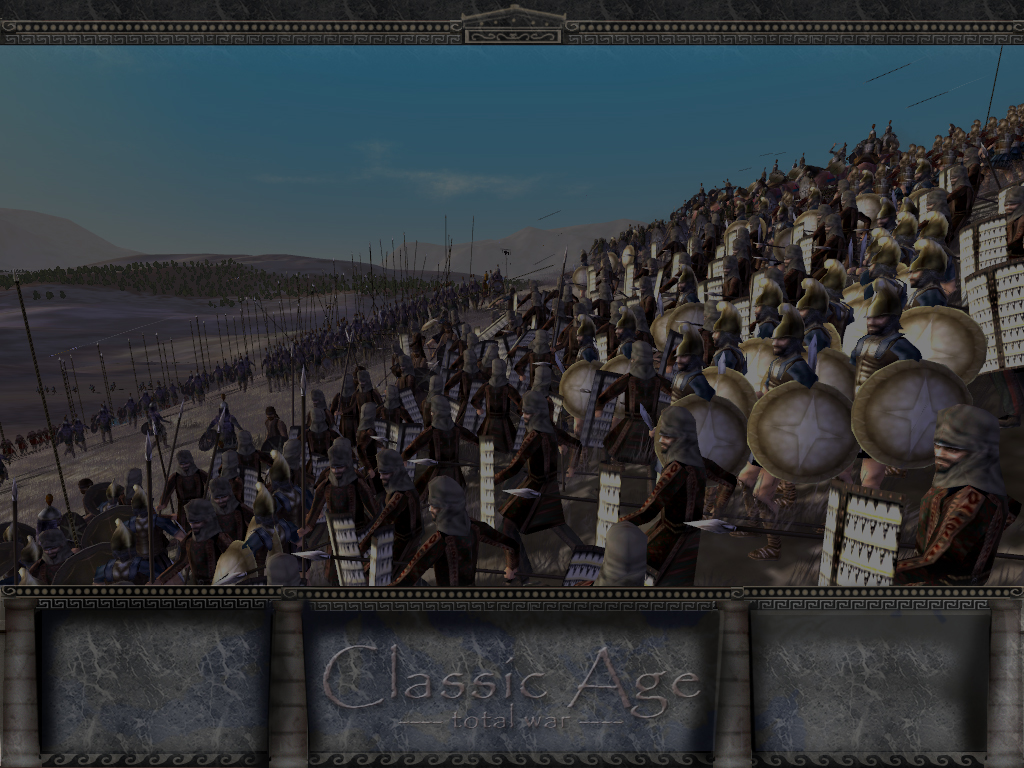
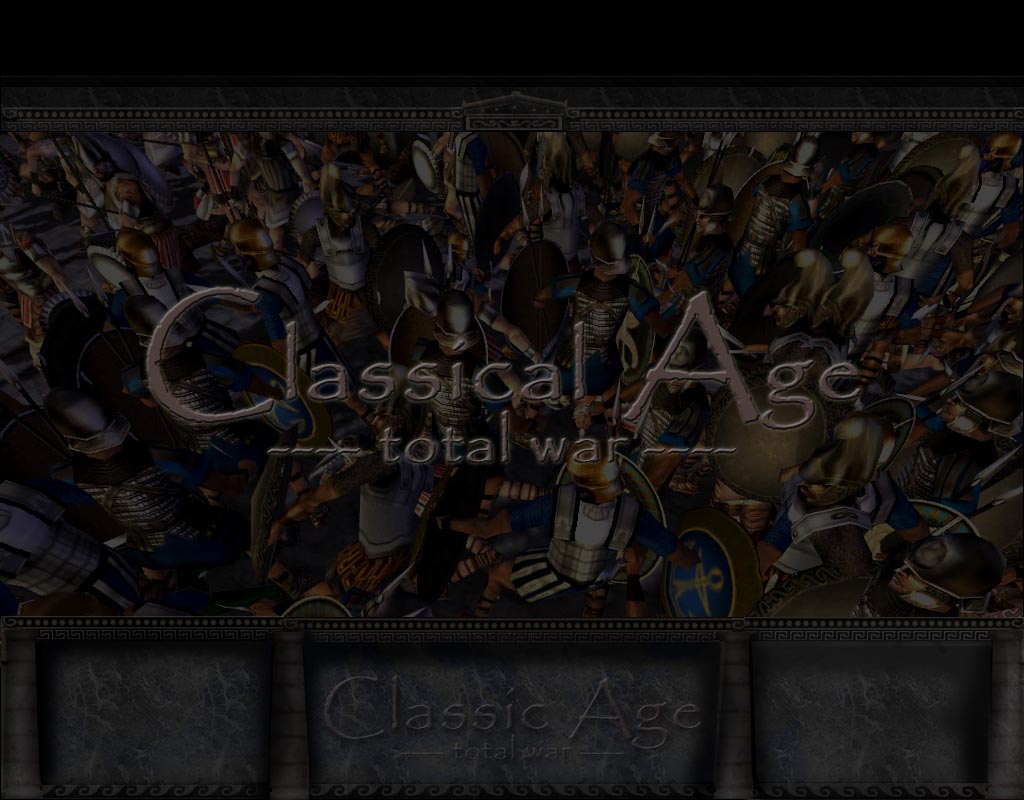
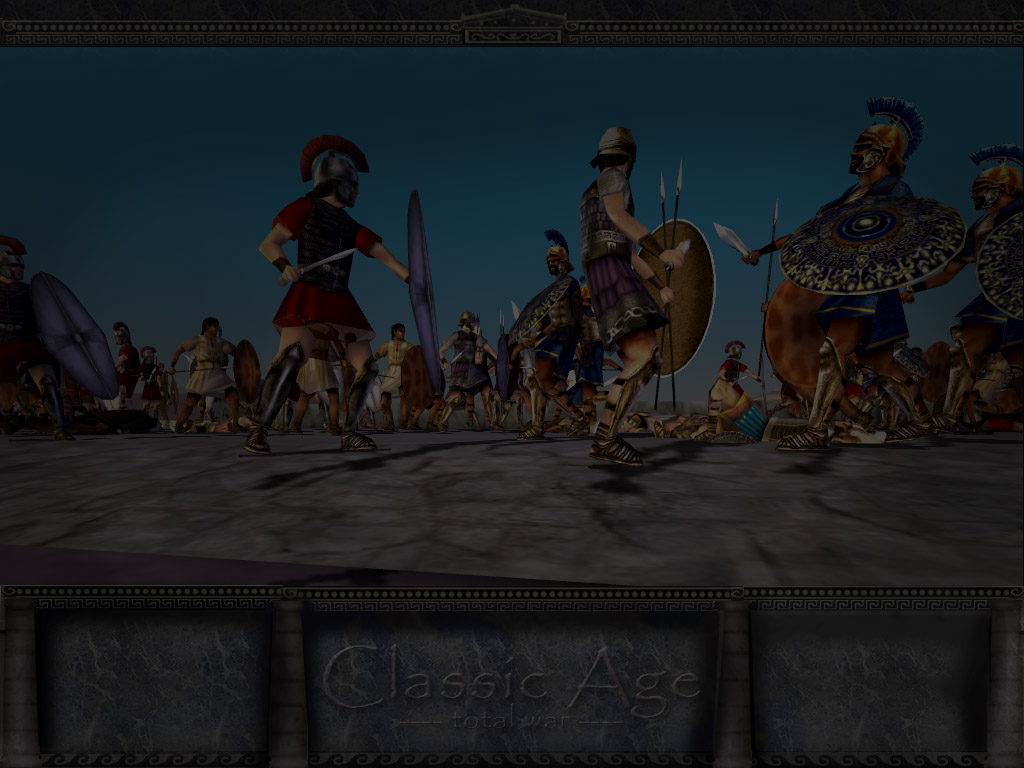
Pictures from CATW 0.3, completely overhauled and modfoldered in February 2018.
Links
totalwar.comtwcenter.net
totalwar.org
